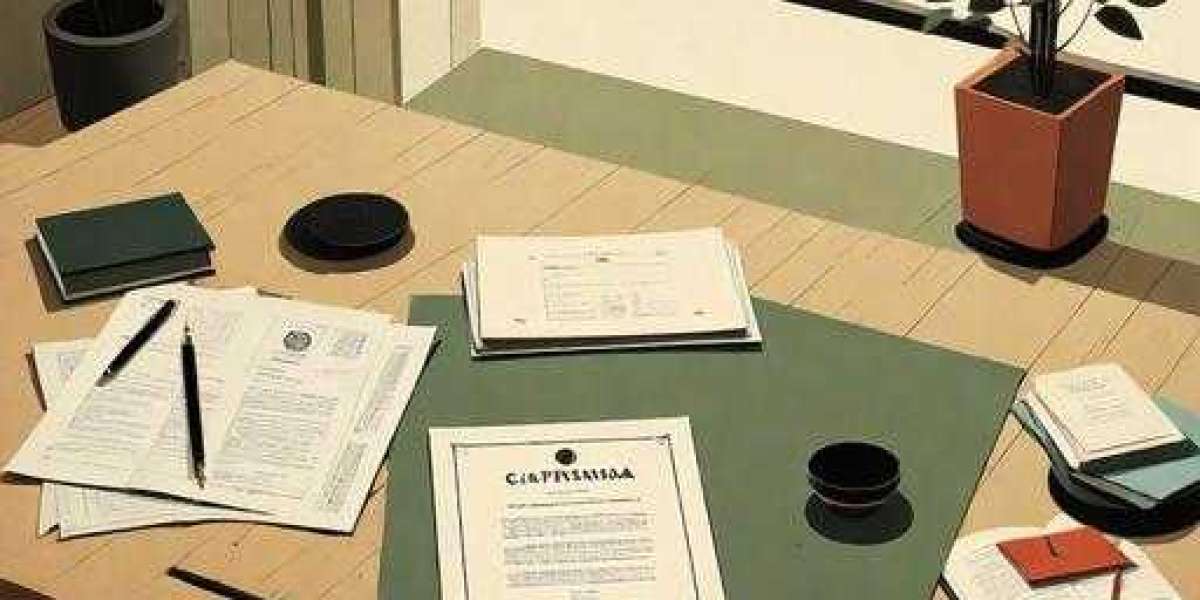In today’s competitive job market, having a polished resume is crucial, especially as many companies use an ATS (Applicant Tracking System) resume checker to filter candidates. Understanding the common mistakes that can hinder your resume’s chances of passing through this automated screening tool can significantly increase your likelihood of landing an interview. Here are several key mistakes to avoid.
1. Using Unconventional Formatting
One of the primary functions of an ATS resume checker is to scan and interpret the formatting of your resume. Using unconventional formats, such as tables, text boxes, or graphics, can confuse the ATS. Instead, stick to a straightforward layout with clear headings and standard fonts (like Arial or Times New Roman). This ensures that the ATS can read and understand your information without misinterpretation.
2. Failing to Optimize for Keywords
An ATS resume checker works by identifying keywords related to the job description. Failing to include relevant keywords can prevent your resume from getting past the initial screening. To optimize your resume, carefully read the job listing and incorporate keywords that match the skills and qualifications required. However, avoid keyword stuffing; your resume should still read naturally and cohesively.
3. Using Inconsistent Terminology
When listing your skills or previous job titles, inconsistency can confuse the ATS resume checker. For example, if the job description uses the term “Project Manager,” don’t list yourself as a “Project Coordinator.” Ensure that the terminology you use matches that in the job posting. This consistency will help the ATS recognize that your qualifications align with the job requirements.
4. Omitting Contact Information
It may seem obvious, but many candidates forget to include their contact information or place it in an unusual location. The ATS resume checker needs to easily find your name, phone number, and email address. Ensure that this information is prominently displayed at the top of your resume. If the ATS cannot identify who you are or how to reach you, your application may be discarded.
5. Not Using Standard Section Headings
The structure of your resume is essential for ATS compatibility. Using non-standard section headings can confuse the ATS resume checker. Stick to conventional headings such as "Experience," "Education," "Skills," and "Certifications." This helps the ATS categorize your information accurately and increases your chances of passing through the system.
6. Ignoring Spelling and Grammar Errors
While minor errors may not seem like a big deal, they can significantly impact your resume's performance in an ATS resume checker. Spelling mistakes or grammatical errors can lead to confusion and may cause the ATS to misinterpret your qualifications. Always proofread your resume carefully and consider using tools like Grammarly to catch any mistakes.
7. Submitting in the Wrong File Format
The format in which you submit your resume can affect how it is processed by the ATS. While PDF files are generally acceptable, some ATS may struggle to read them. The safest option is to submit your resume in a Word document (.doc or .docx) unless the job posting specifies otherwise. This ensures that the ATS resume checker can accurately parse your information.
8. Lengthy Resumes
While it’s important to provide a comprehensive overview of your experience, lengthy resumes can be problematic. Many ATS systems have limitations on the length of the document they can process. Aim to keep your resume to one page, or two pages at most, if you have extensive experience. This will help ensure that the ATS can read your entire resume without truncating important information.
By avoiding these common mistakes, you can enhance your resume's compatibility with an ATS resume checker. A well-optimized resume that adheres to formatting guidelines, utilizes relevant keywords, and is free of errors will significantly increase your chances of making it through the initial screening process. Remember, your resume is often the first impression a potential employer has of you—ensure it’s a strong one that captures their attention and meets the requirements of an ATS.








